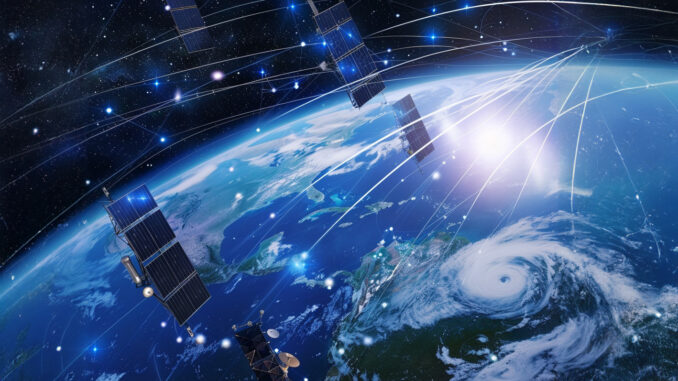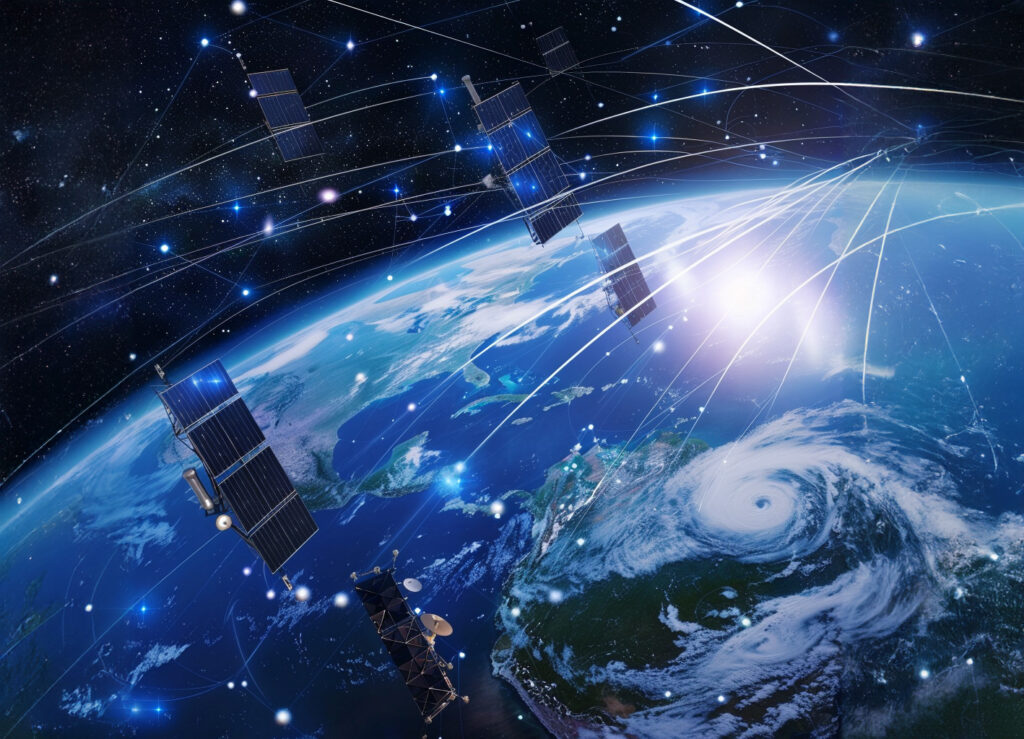
U.S. Space Command is working with SpaceX to track and inform the public about the controlled re-entry of approximately 100 Starlink satellites.
U.S. Space Command is monitoring the controlled re-entry of 100 of SpaceX’s Starlink satellites, an operation announced following the detection of a potential design flaw. With a constellation of nearly 6,000 satellites, SpaceX must manage re-entries to minimise the risk of space debris. Information on re-entries will be made available on Space-Track.org to ensure transparency and safety. Despite concerns raised by the FAA about space debris, SpaceX says its satellites are designed to completely disintegrate during re-entry.
public monitoring of starlink satellite re-entries
Satellite re-entry monitoring and management
The U.S. Space Command announced on June 28 that it will closely monitor the controlled re-entry of approximately 100 Starlink satellites. This operation, initiated by SpaceX in February, is aimed at gradually lowering the orbit of these satellites so that they can disintegrate safely in the Earth’s atmosphere.
Consequences:
- Transparency: Monitoring by the U.S. Space Command and the availability of information on Space-Track.org guarantee total transparency. The public can follow the progress of each satellite’s re-entry, reducing concerns about space debris.
- Safety: The collaboration between SpaceX and Space Command minimises the risk of collision and monitors satellite re-entry to ensure the safety of the Earth.
Background and reason for re-entry
SpaceX decided to deorbit these satellites after identifying a potential flaw in their design, increasing the risk of future failures. The controlled re-entry, which will last several months, is part of SpaceX’s proactive management to maintain the reliability of its Starlink satellite constellation, which currently comprises around 6,000 units.
Consequences:
- Constellation maintenance: By removing faulty satellites, SpaceX ensures the quality and performance of its Starlink network, which is essential for providing a reliable internet connection to its users.
- Reducing the risk of malfunctions: This operation prevents in-orbit malfunctions, thereby reducing the risk of uncontrolled space debris.
De-orbiting process and follow-up
The de-orbiting process involves gradually lowering the altitude of satellites until they enter the atmosphere and disintegrate. This operation is more complex than the usual individual re-entry of end-of-life satellites, requiring close coordination with U.S. Space Command units to track and manage multiple re-entries.
Consequences:
- Debris management: By controlling re-entry, SpaceX can ensure that satellites disintegrate over unpopulated areas, minimising the risk to people and infrastructure on the ground.
- Real-time monitoring: The availability of data on Space-Track.org enables real-time monitoring by authorities and the public, facilitating a rapid response in the event of an unexpected trajectory deviation.

Debate on risks and satellite design
The debate over the risks posed by satellite constellations in Low Earth Orbit (LEO) has been reignited by an FAA report, which predicts that by 2035, debris from US satellite constellations could cause injury or death every two years if deployments continue as planned.
Consequences:
- Safety concerns: This report has raised concerns about the safety of satellite constellations in LEO, prompting potential revisions to space debris management regulations and practices.
- SpaceX’s response: SpaceX has disputed these findings, claiming that its satellites are designed to burn up completely on re-entry, minimising the risk of hazardous debris.
Military use and collaboration
In addition to civilian surveillance, collaboration with SpaceX extends to military applications. The US Department of Defense uses Starlink services for communications and is considering the acquisition of more than 100 Starshield satellites to enhance its secure communications capabilities.
Consequences:
- Enhanced military capabilities: The integration of Starshield will enable the Pentagon to improve its military communications, increasing the resilience and security of its communications networks.
- Civil-military synergy: The cooperation between SpaceX and the Department of Defense illustrates the synergy that is possible between civil innovations and military applications, benefiting both sectors.
Starlink network enhancement
To meet growing demand and improve network capacity, SpaceX has received conditional approval to use very high frequency E-band radio waves. This technological advance will increase the capacity and performance of the Starlink constellation, offering better coverage and higher data rates.
Consequences:
- Increased capacity: The use of E-band will make it possible to handle a greater number of simultaneous connections, improving the user experience for Starlink customers.
- Service expansion: This technological enhancement will facilitate Starlink’s expansion into rural and remote areas, bridging the digital divide on a global scale.
The public tracking of Starlink satellite re-entries by the U.S. Space Command and SpaceX marks an important step in the proactive management of satellite constellations. This collaboration aims to ensure safety and transparency while enhancing the technological and operational capabilities of satellites in low-Earth orbit. Despite the challenges and debates surrounding the risks of space debris, SpaceX continues to innovate and strengthen its services for both civilian users and military applications.
War Wings Daily is an independant magazine.